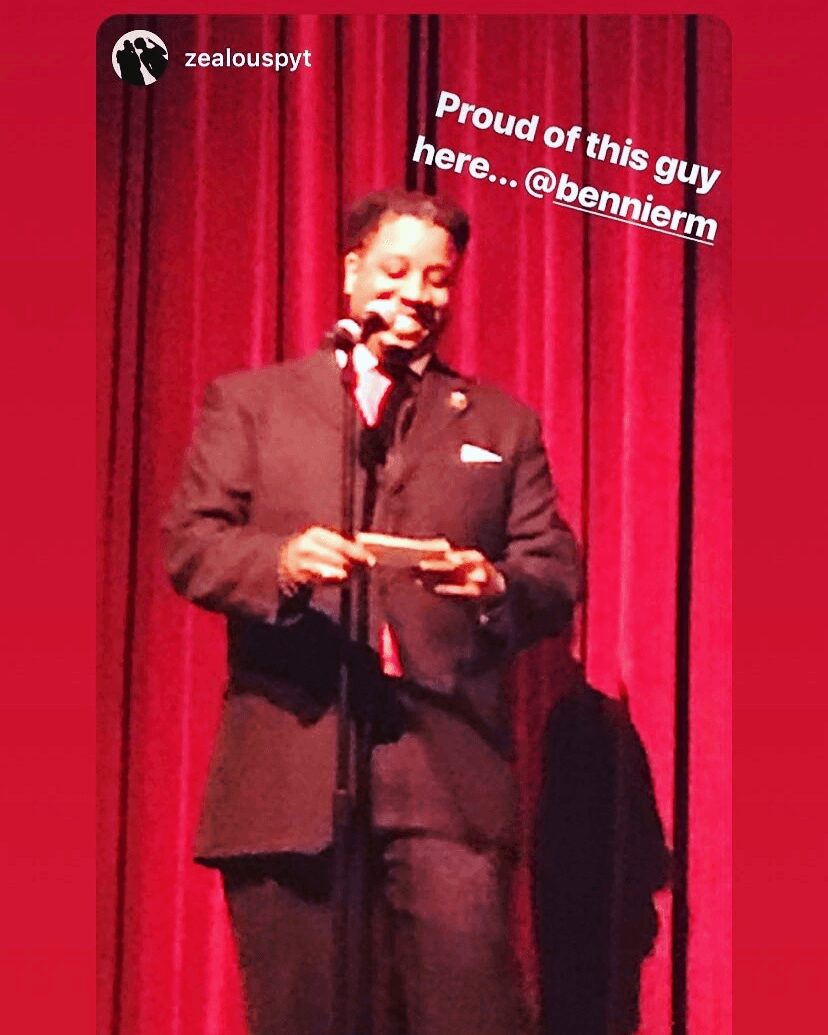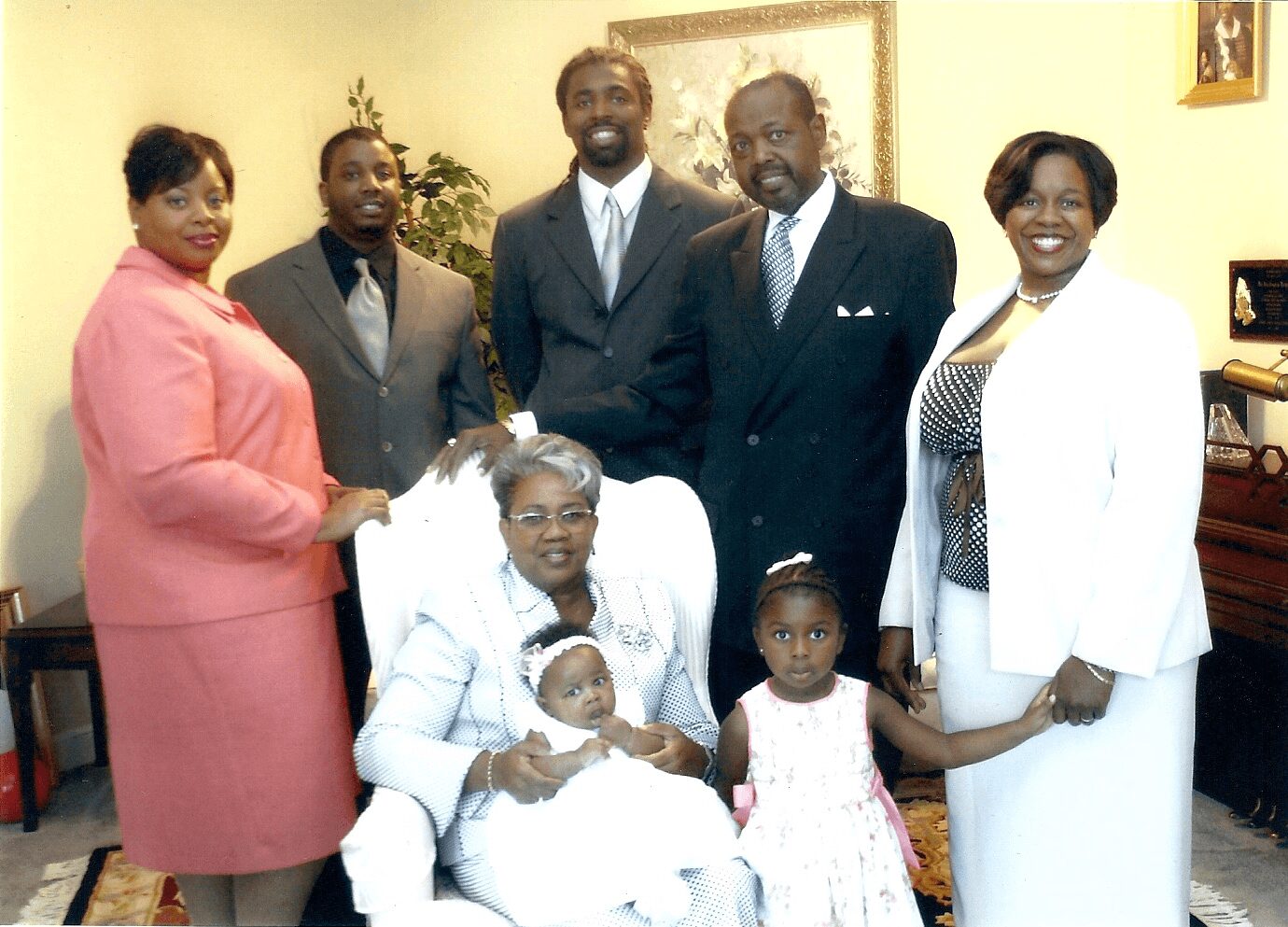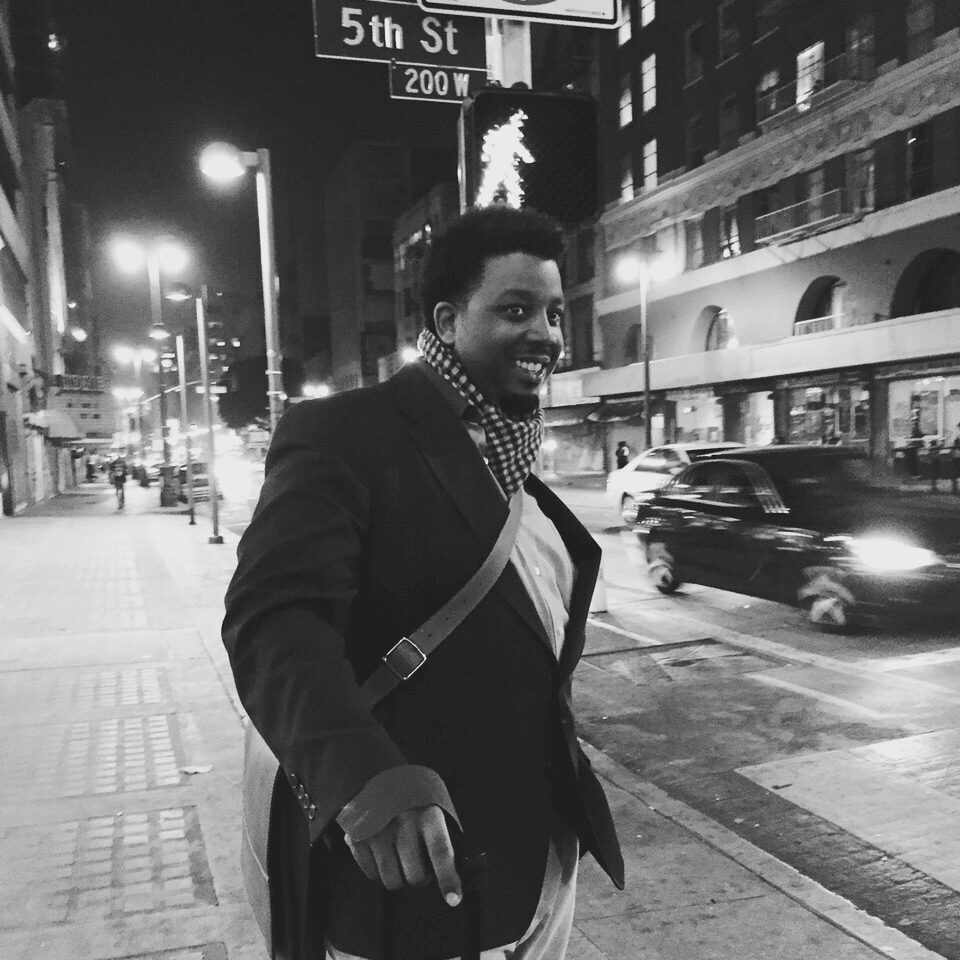We were lucky to catch up with Bennie Mitchell recently and have shared our conversation below.
Bennie, thanks for joining us, excited to have you contributing your stories and insights. Can you open up about a risk you’ve taken – what it was like taking that risk, why you took the risk and how it turned out?
People take risks for all kinds of reasons. Some take financial risks to get rich. Others put their feelings on the line to get to know someone better. Some take risks for selfish gains, while others do it for the benefit of all. The outcomes vary—some pay with their lives, while others reap the benefits of their hard work and perseverance. My risk was realizing, in a particular space and time, that I could seize a once-in-a-lifetime opportunity or face the regret of not even trying.
Early Life and Introduction to Filmmaking
Family Background: I was raised in a God-fearing household in Georgia, with two older sisters and parents who instilled strong values in us. My father was particularly influential, always busy and productive, spreading his message to an audience “Post Civil Rights.” Despite the challenges of growing up in the South as a person of color, our family thrived on love and faith.
The Camcorder Incident: In 1989, when I was 12, my mother bought a camcorder for my father for Christmas. He was thrilled to receive it, as he sought new ways to communicate his message. For three days, the camcorder sat untouched in its box. Finally, I picked it up and claimed it as mine, making small videos with my sisters and experimenting with self-edits. This was the beginning of my passion for filmmaking.
Developing Interest in Sound: Before I even touched a camera, I had a deep interest in sound. This early fascination with audio would later become a crucial component of my career. Sound and video became intertwined in my creative journey, shaping my future endeavors.
Boarding School and Continued Passion: When I left for boarding school, I had to leave the camcorder behind. However, my connection to filmmaking remained strong. I often reviewed the tapes my father recorded, capturing family moments and important events. These early experiences laid the foundation for my future work in film and sound.
Education and Professional Beginnings
College Years: After high school, I attended the Savannah College of Art and Design, where I graduated with a B.F.A in Film, Video, and Sound Design. During my college years, I frequently used my father as a subject in my projects. Whether it was a studio recording class or a film project, my father’s talents and stories were central to my work.
Early Career in New York City: In July 2001, I moved to New York City, eager to start my professional career. I secured an interview with a music studio in Manhattan on the same day 9/11 happened, a traumatic experience that deeply affected me. Despite the challenges, I was hired by Character Music in October, working with platinum recording artists and expanding my network.
Starting BrimAudio in Savannah: The recession following 9/11 eventually led me back to Savannah, where I opened my own studio, BrimAudio. With the skills I had acquired in NYC, I helped shape the local music scene, producing records and offering my expertise to various artists.
The Documentary Journey
Initial Steps and Challenges: I moved to LA to pursue a documentary about my father’s life and legacy. This project involved digitizing old tapes, conducting interviews, and weaving together a feature-length film. The journey was filled with challenges, from financial constraints to personal sacrifices.
The Financial and Personal Sacrifices: Investing my savings, including money from my 401k, was a significant risk. I faced financial hardships, strained personal relationships, and severe health issues. My commitment to the project was unwavering, driven by a sense of purpose and destiny.
Filming and Production: Over three years, I shot numerous interviews and collected footage. One of the most poignant moments was filming the last interview with my father on November 17, 2010. Little did I know, he would pass away 2.5 months later. This interview became a cornerstone of the documentary.
Conclusion
Reflection on the Journey: Reflecting on this journey, I realize that taking risks was necessary for my growth and success. The sacrifices, perseverance, and belief in myself were all part of a larger plan. This project not only honored my father’s legacy but also prepared me for future challenges and opportunities.
Final Thoughts: Taking risks is essential for anyone pursuing their passions. My story is a testament to the power of dedication, resilience, and faith. By embracing the unknown and pushing forward, we can achieve our dreams and make a lasting impact on the world.
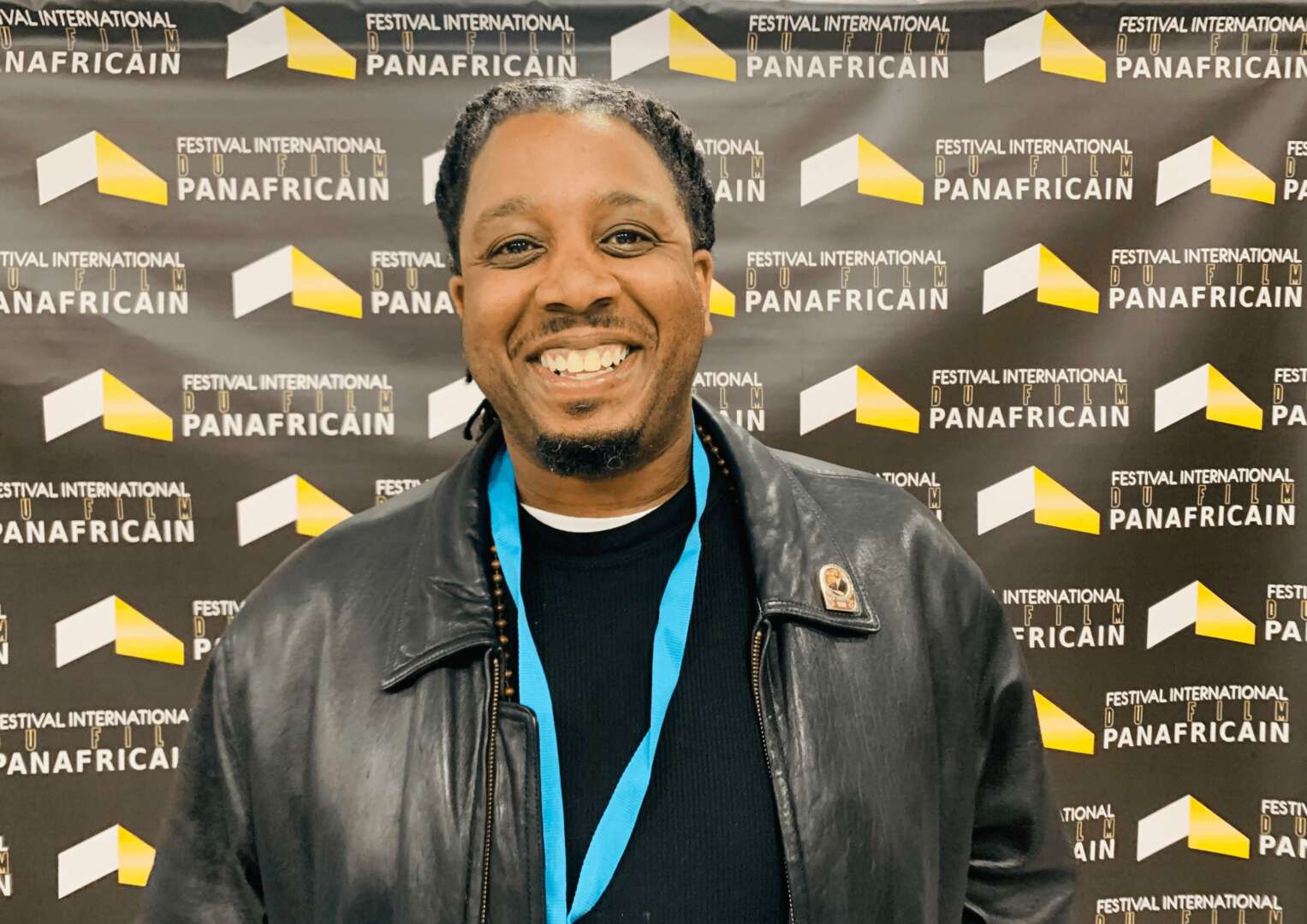
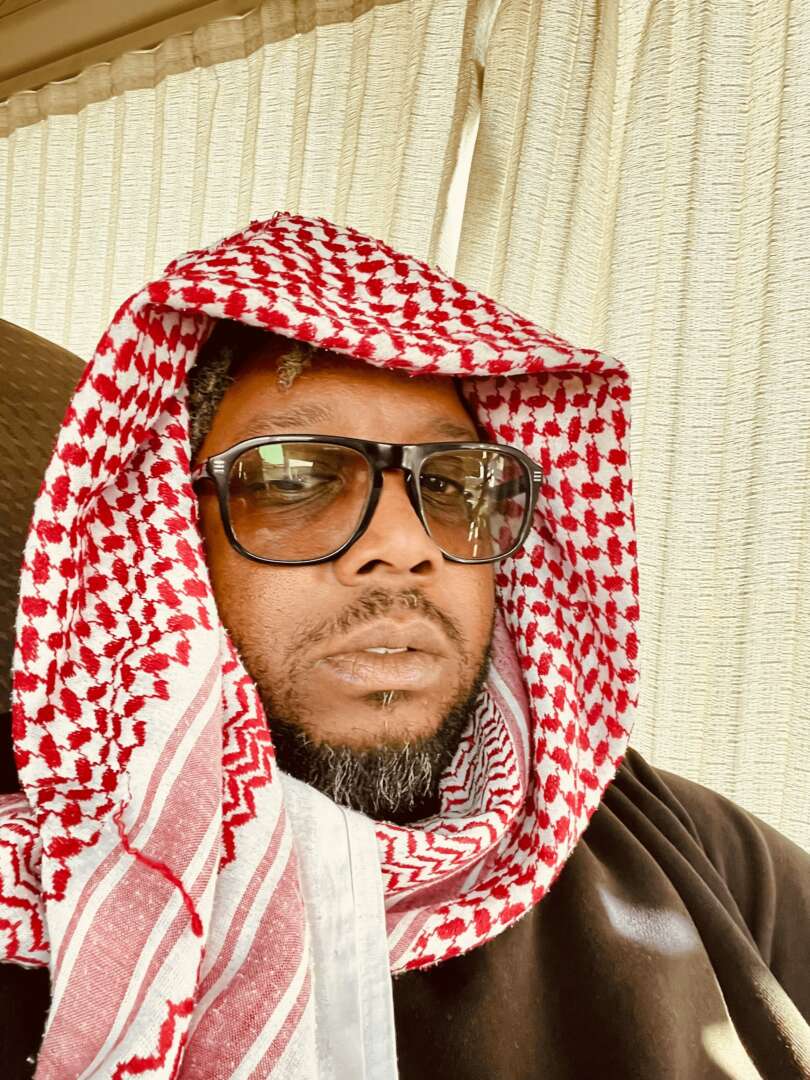
As always, we appreciate you sharing your insights and we’ve got a few more questions for you, but before we get to all of that can you take a minute to introduce yourself and give our readers some of your back background and context?
If you don’t know by now, my name is Bennie R. Mitchell III. Most people know me from my earlier career in the arts. I am a sound junkie. I did go to school for sound design and film, but my exposure began much earlier than my college career. I also started playing the piano, and drums at the age of 4 years. I received my first alto saxophone when I was 12 and joined a jazz band until I graduated from high school; I was even the first chair for two of those years. I began to associate my first experience with sound was with an eighth-of-an-inch reel-to-reel machine that my father recorded his sermons on every Sunday until a cassette tape machine was installed. It wasn’t until my 2nd year of college when I was introduced to Sound Design, that my world was expanded and the different factors or facets of sound and sound design was explored.
After college, my dream was to do what many my buddies I went to school with were doing, which was designing sound for TV commercials. One thing I noticed when trying to get into that field was that white people almost entirely dominated it. The only ones who looked like me were either tucked away in a corner office doing something unrelated to sound or hauling off trash down the back stairwell. To be fair, other races represented up front but black people were regulated to the back. I did manage to get a gig with an R&B record company called “Character Music” that produced, demoed, recorded, and catered to well-known recording artists when they needed a hit or a solid album filler. Everyone in the business knew the duo that ruled the R&B world in the late 1980s and all through the 1990s. Some of their kudos include Boyz II Men, Whitney Houston, Color Me Bad, Tyrese, Tre Songs, and tons of regional artists on the verge of getting record deals.
“I attribute my first start in the music business to Charles Farrar, who hired me and welcomed me to the team, and Troy Taylor, who showed me by watching him how to produce the vocalist in the recording studio. And I cannot forget Hernan Santiago, who showed me how to make a record and the format in ProTools.” This was not a long process because I already knew how to work Protools and had a musical background from my earlier years. I picked that up literally in minutes. He was so elated that I know ProTools and music I can still see the shock on his face. (Side bar: Hernan and I developed a special bond. Knowing ProTools and music allowed him to freelance further, and he did it so much that I became his Protege. He would double book himself and call me and tell me to go to the session to replace him and allowed me to keep all the money from that session!) Character Music is where I also met a lot of Platinum Producers like Chucky Madness, Spider-Man, Budda & Shamello, and even got contracts with top 10 producers like Buckwild to work with him exclusively for months at a time at his studio in the Bronx. But it didn’t end there. I also worked with NYC DJ’s in various studios and out of my apartment in Harlem. Yes, I did come to New York with a setup I had been building back in college. I used to go down to 125th Street and check out the latest DJ Street tapes just to see if the DJs gave me credit for formatting their mixtape or going to record shops to see my name as an engineer on the records that came out and gave full credit. If I were to sit down and try to remember all the people I worked with, I still would forget some. In those three short years in NYC, I did some fantastic things!
I took what I learned and opened a studio in my hometown of Savannah, GA, for a total of 7 years. I recorded tons of local acts and used that studio as an office. That Connors Educational Building was a room hosting many things created by BRIMAUDIO. I still think I changed how Savannah recorded. I inspired many people, as it was done to me. I planned back-to-school block parties for the surrounding housing projects and even a Multimedia Installation to showcase the Connors Educational Building, which was called the McKelvey/Powell Building in the 1940s-1960s. This structure became a staple in the black community and hosted various functions for the city and community. The building was remodeled for that purpose precisely by the reverend himself, Bennie R. Mitchell, Jr. When my father passed; it was to BRIMAUDIO that I recorded the music for the film “It Is Well,” did voice-overs and even shot most of the interviews next door to my office in that very building on the 2nd floor. The building and his vision can be seen in “It Is Well,” now streaming on most major digital platforms.
Since his death, I had decided against records and focused on moving ahead with my film project that was about to become my life for the next ten years. So far, I’ve been making little inroads, digitizing VHS tapes, recording music, and scanning pictures. The big push, with all of my might, was when my father passed away. I decided right then and there that the movie would manifest. I moved to Los Angeles to get away from the noise and closer to the energy. I needed to create and move forward with making the biggest project of my life. Moving to LA was one of the most important moves for me actually. There’s no way I could have gotten this project done in my hometown. I needed to grow and expand, experience, and network. Moving to LA exposed me and taught me lessons that I will always keep near to me: just because they look like you does not mean they are for you. This constant lesson was in bold throughout this journey and started back in my hometown. It became an explicit, recognizable variable when I moved and struggled to push forward after being in LA for one year. Funds were getting tight, and I needed to figure something out fast. Once I realized that and took it head on, the project went like an open tap.
A college buddy of mine wanted to apply his post-work experience to the business world and devised an alternative way to move dailies for commercials being shot in one time zone to another in under an hour. He asked me if I would help him and work with him in starting this project. He lived in NYC, and I was in LA then. I agreed, and he made me the West Coast Manager of the project called “Sling Shot Intergalactic”. There, I picked up skills in Transcoding, producing nationwide commercials, and sharpening my communication skills to a large extent. I even brought my tape machines, computer and sound equipment to L.A. and set up a small business making tape transfers from VHS, Hi8, and Mini DV Tapes to a digital file—something I was familiar with doing on my own for the film I was working on.
The common threat to my answers is that you can tell how proud I am of myself for seeing the completion through. As strange as it seems, the anger that came out of disappointment and rejection and the entitlement of others, being told that my film would not be made without them and their blessing. That was fuel! I was so in rage, and that type of betrayal didn’t taste good! Let down after let down and people rooting for me to fail was FUEL! If you knew half of the things my father did for these people, you would expect a more robust support system as well, but that is where the issues lay. At this time, I expected people to show up for me and they did not. The business people, the bankers, politicians, and church members all had something to gain when my father was living (and deceased), while these same people stood on the fence looking over a corpse, just like a buzzard would wait for him to pass on to see what else they could pick off his deathbed. That type of unforgivable act barely scrapes the surface; those pictures were and nothing more—fuel. I wanted to burn them all, and that was a sign for me to leave home again.
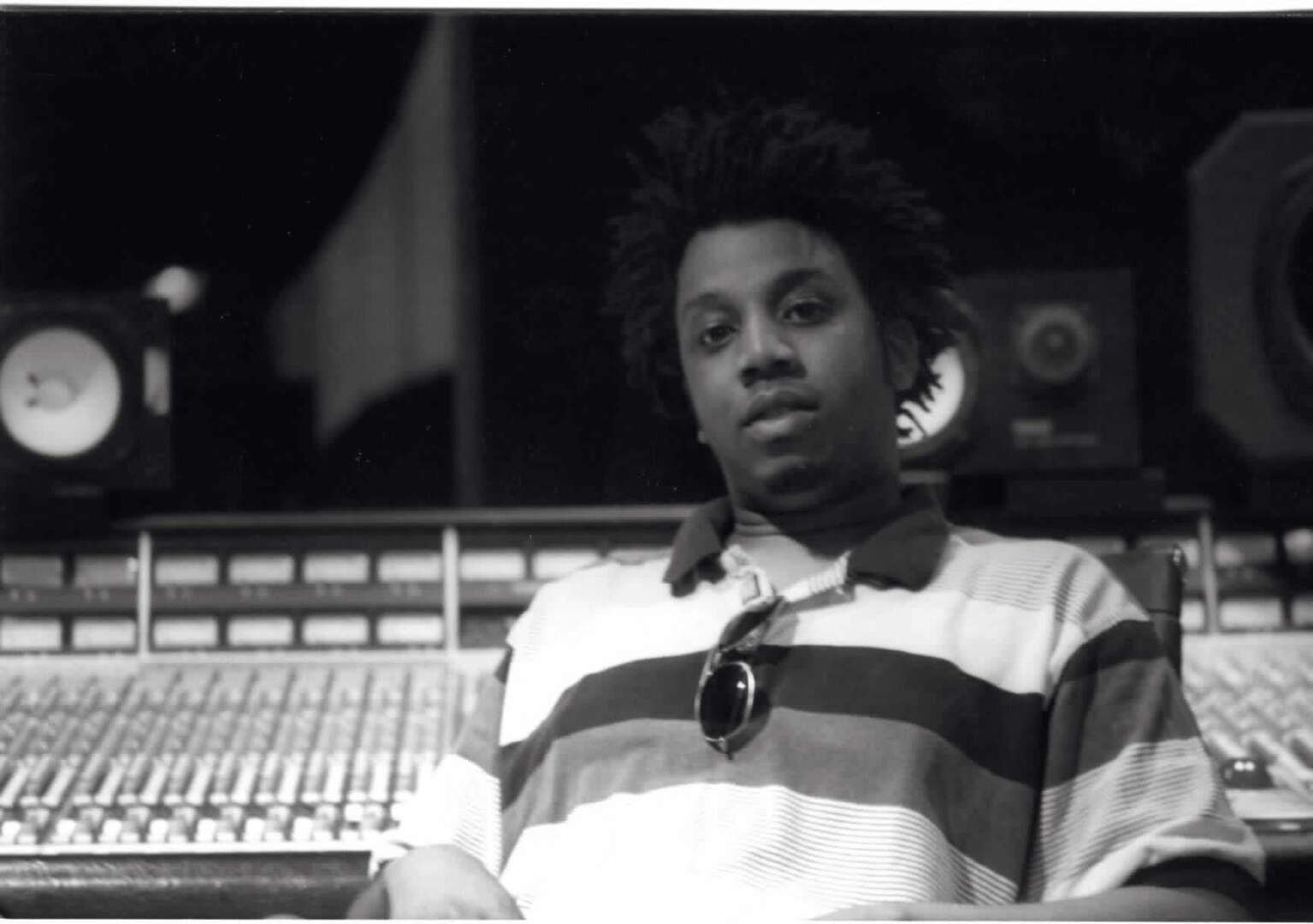
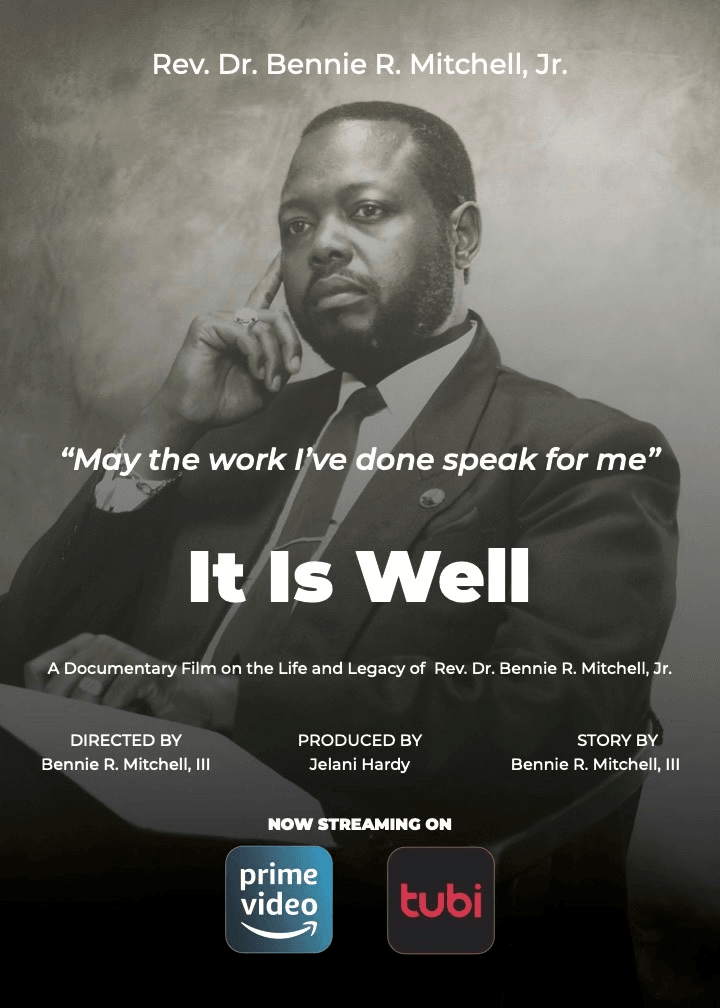
Have you ever had to pivot?
Being an artist means reinventing yourself and sometimes unconventionally.
After leaving New York City, my uncle drove me to a famous cell phone company so that I could start a new job. It makes me feel good to know that I look back and am thankful some people cared enough to give me some type of direction, but the words hurt a bit when he told me to “give up.” There were other things said in this lecture that I will not forget, but I didn’t let it damage me because deep down, I knew something he and others didn’t know. I worked that job for three years before I was unjustly fired only to be offered the job back which I declined. To make a living, I made some records with my talent and skills gained in New York City. I also gained another type of skills working with a few lawyers in Savannah that later served well after my father’s death, but that is a whole other story. Let’s just say I would be making a reference to those buzzards I spoke about in the previous session.
I’ve had to pivot several times in my life; it is something familiar to me, but the goal never changed, and this was one of those things unconsciously coming back to me.
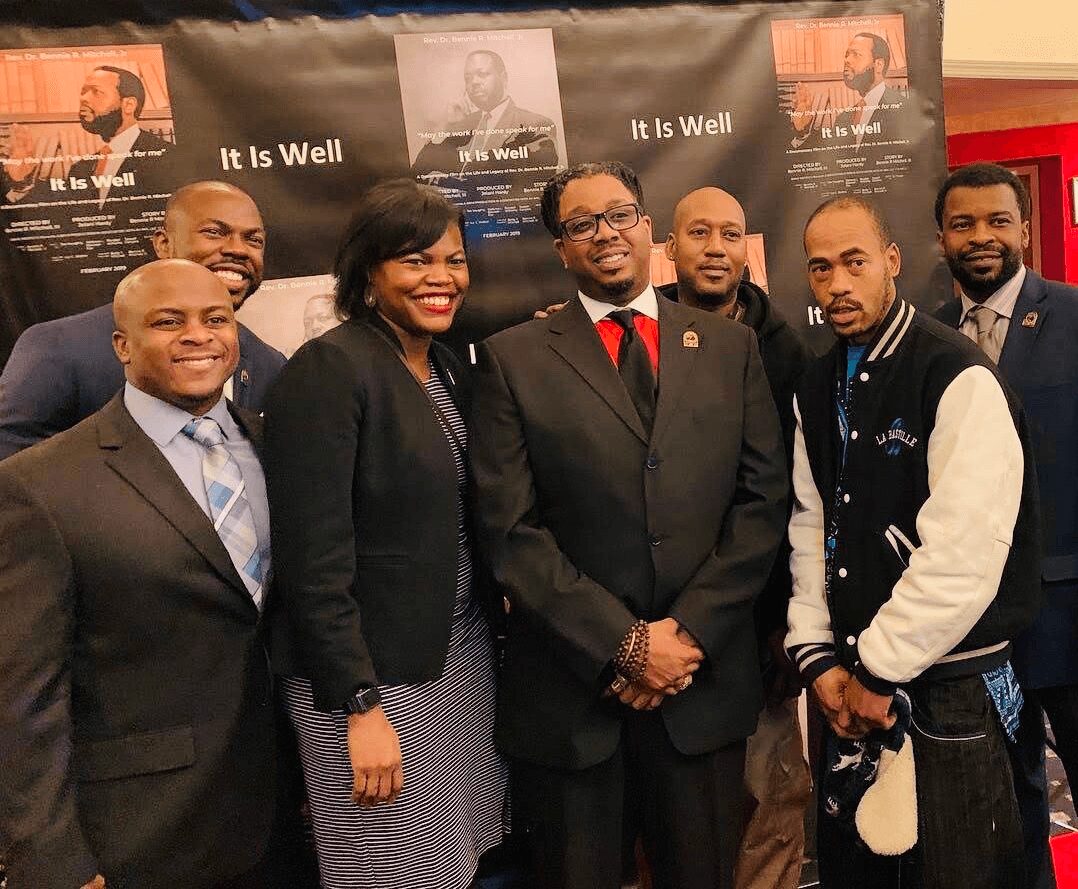
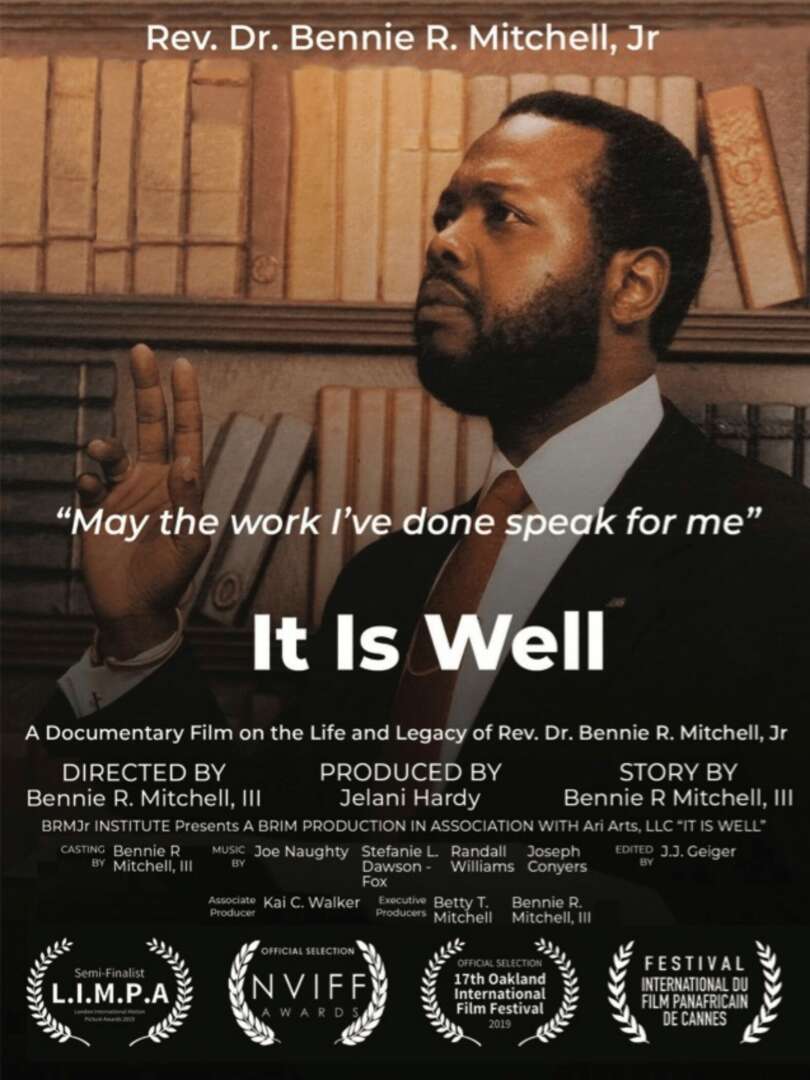
Are there any resources you wish you knew about earlier in your creative journey?
The largest pool of resources were the people who didn’t know me. Sure, I had some friends and contacts who offered encouragement or lent their talents to my project but the majority of my support came from people I had never met. So, I learned that I had to create my own community.
Contact Info:
- Website: https://www.brmjrinstitute.org
- Instagram: @bennierm
- Facebook: https://www.facebook.com/bennie.mitchell.3/
- Linkedin: https://www.linkedin.com/in/bennie-r-mitchell-iii-aa443472/
- Youtube: https://www.youtube.com/channel/UC3oYu3qjZjsV8PW2jLcWlxA
- Soundcloud: https://soundcloud.com/brimaudio
- Other: https://www.instagram.com/reel/CvCp5a7svrq/?utm_source=ig_web_copy_link&igsh=MzRlODBiNWFlZA==
